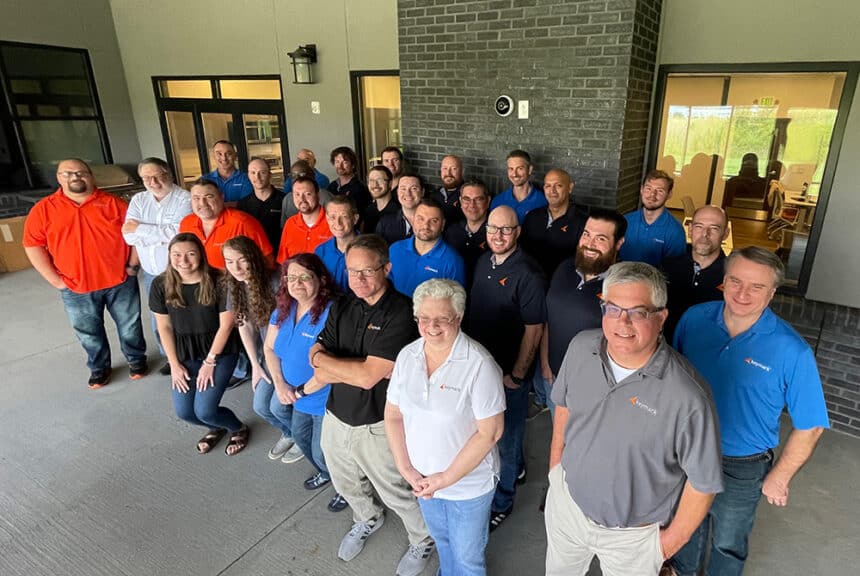Last week, we introduced Part 1 of our list of the most important OnBase Best Practices.
We know we left you hanging with only two of the four, but now that you’ve had time to dive in to your system and take steps towards training administrators and documenting processes, you’re ready for the last two tips!
3. Have a Test System (Or…2…3!)
A properly configured Test system lets you test every change, every time, ensuring unexpected consequences don’t affect your Production Data (nothing can ruin an Admin’s day faster than having 1,000 documents accidentally routed to the wrong Workflow Queue or, worse, deleted!).
Admins can use a test system to ensure proposed changes actually do what you want them to do. Administrators know that changes your users describe aren’t necessarily the same thing they are REQUESTING. A test system lets the users “try before you buy” as well as learn new processes, modules and versions, before applying them in Production.
Issues in Production can be more easily addressed if they can be replicated in Test. Replicating in Test helps prove the issue isn’t environmental. It’s often easier to get requested logs and to try a suggested fix in Test as well.
Having multiple Test systems – a mirror of Production, a Sandbox system, a Development system – makes it easier to try new configuration changes, without impacting either Production or the ability to address issues in Production.
If there is a module you want to try but don’t have a license for, you may be able to get a Pilot License to apply to your Test system- contact your Account Manager for assistance.
Remember, there’s no charge for additional Test Licenses- just email KeyMark Support and ask.
4 – Upgrade Regularly (at least every 2 years)
Regular OnBase upgrades ensure your system is more secure. OnBase includes solutions to recent well-known system vulnerabilities in new releases, and new security technology (like TLS) is often not supported in older versions of the software.
Upgrades also take advantage of new and improved OnBase technologies. New releases regularly include changes requested by you: in OnBase 17 alone, there were nearly 3,500 changes requested by customers! Geolocation is now available, and with each release, mobile devices get more and more capabilities. More portions of Configuration can now be imported and exported, too.
We are sure these tips, and those found in Part 1, will make your system the absolute best it can be. We’re here to help, so be sure to reference this list and utilize your KeyMark resources!
What other practices have you found to be must-haves?
Take the Next Step
We can help you decide pretty quickly whether this would be a good fit for your organization. With 20+ years of experience in automation, we just need about 5 minutes of Q&A.



